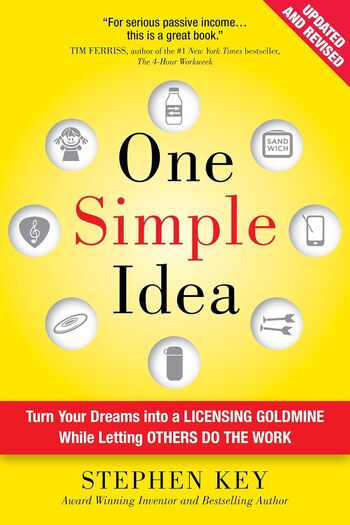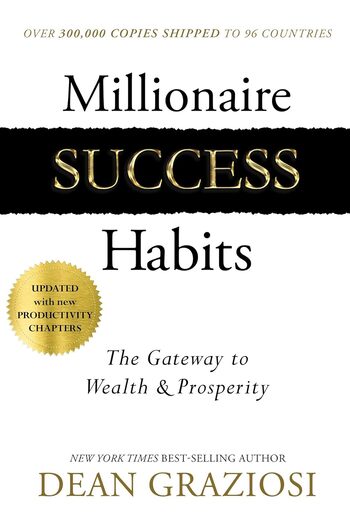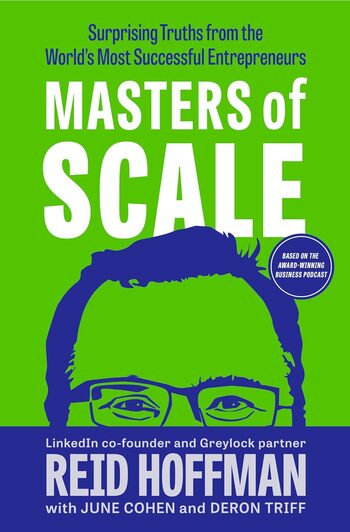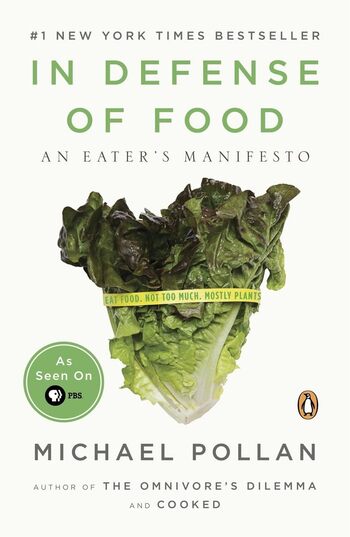
Bit Literacy by Mark Hurst guides readers on managing the overwhelming influx of digital information through effective organization and consumption strategies.
Main Lessons
- Your inbox is not a storage space; it’s a processing tool. Process emails based on their content and assign them to appropriate places.
- Ask ‘why’ for every piece of media you engage with to ensure it adds value and purpose to your consumption.
- Limit your media consumption sources to those that truly serve your needs and enhance your productivity.
- Front-load crucial information in communications to help others process and understand messages quickly and efficiently.
- Design your media diet based on quality over quantity, focusing on a few high-value sources.
- Direct each email to action: read, delegate, or delete them to maintain a clutter-free inbox.
- Helping others become bit literate is vital. Make communication straightforward by addressing key questions first.
- Evaluate the content you consume by its relevance and utility, ensuring it contributes to your goals.
- Address email overload by batching your processing times to increase efficiency.
- Be conscious of the mental space media occupies and how it impacts your ability to focus on primary tasks.
- Challenge the need for every information source and curate a list that serves your priorities best.
- Adopt minimalist habits in digital consumption to focus your mental bandwidth on what’s important.
- Think critically about content consumption habits, discontinue what’s unnecessary, and keep what’s invaluable.








